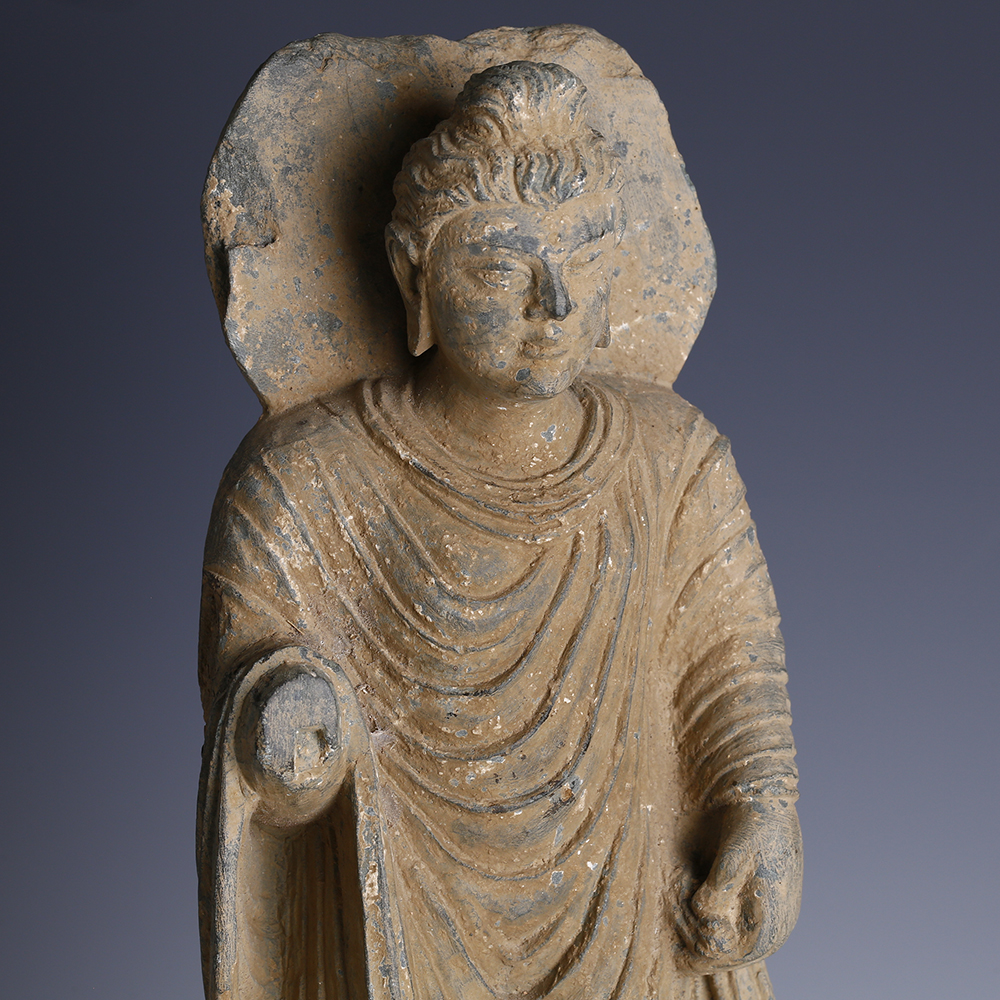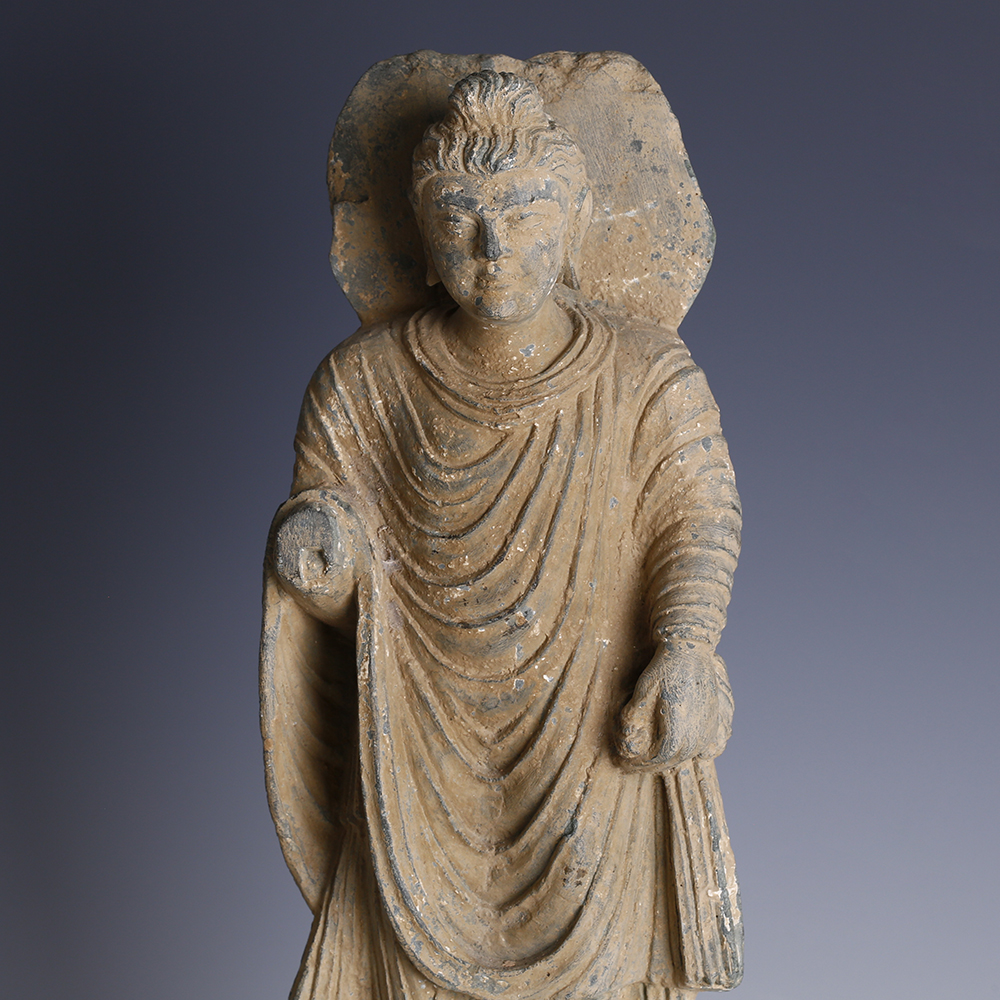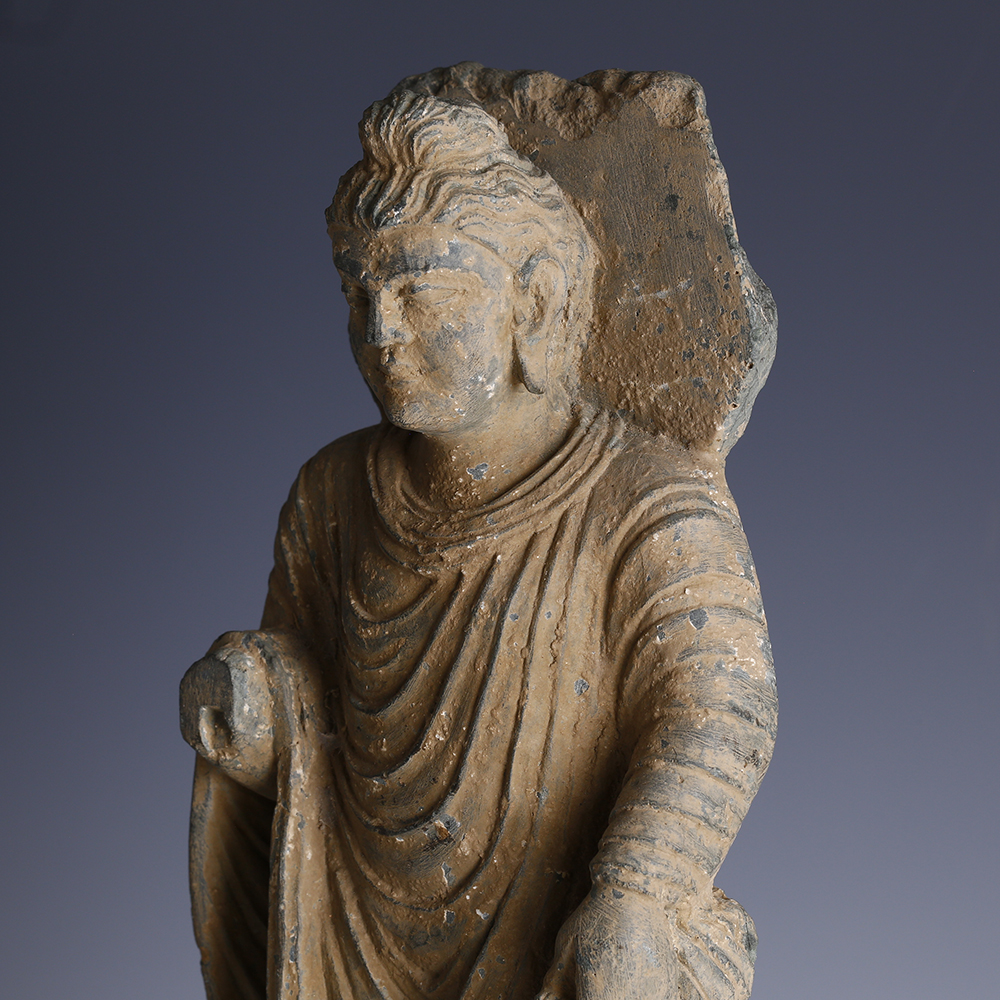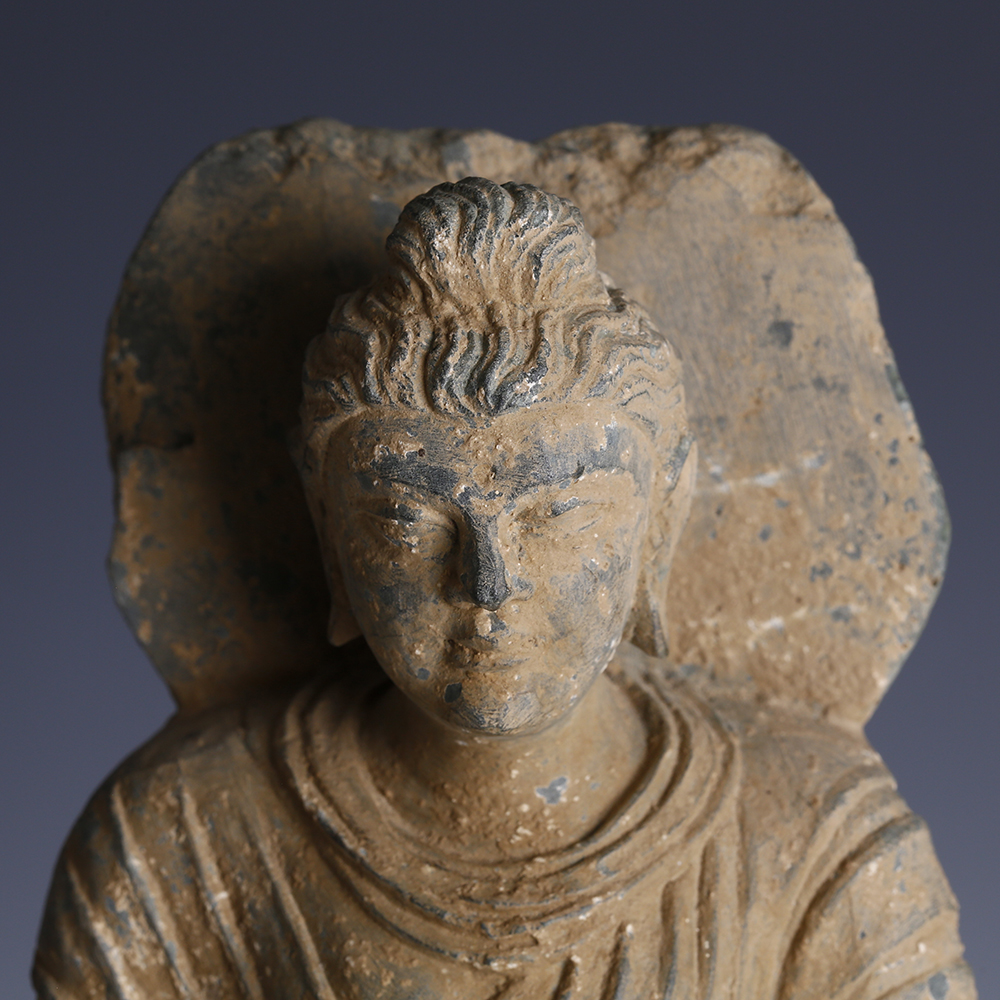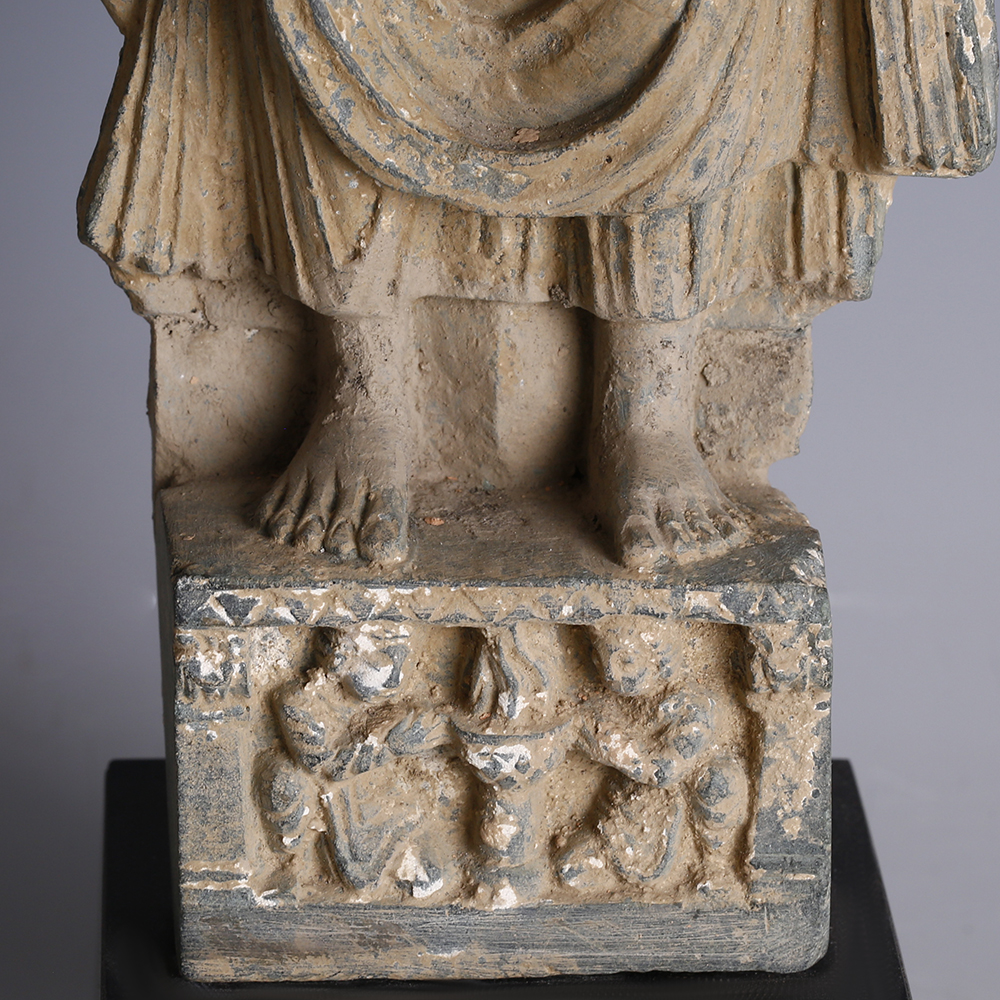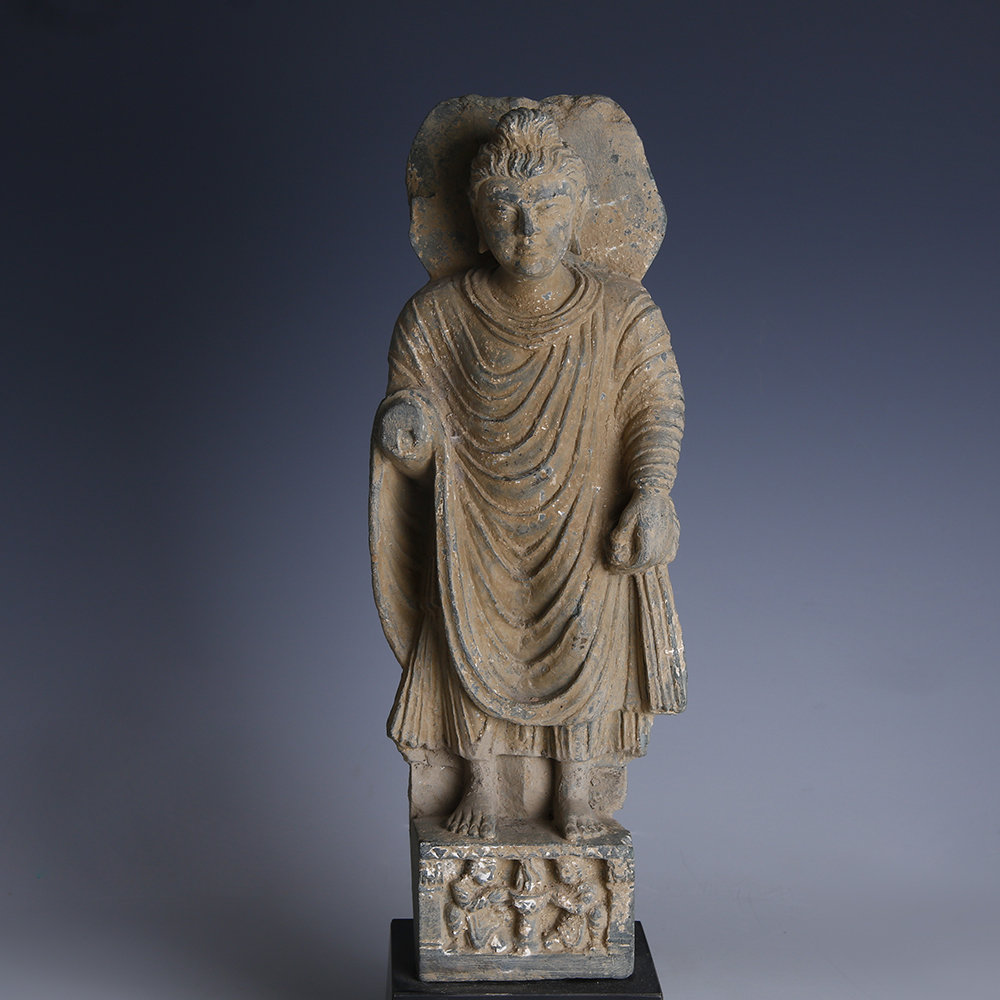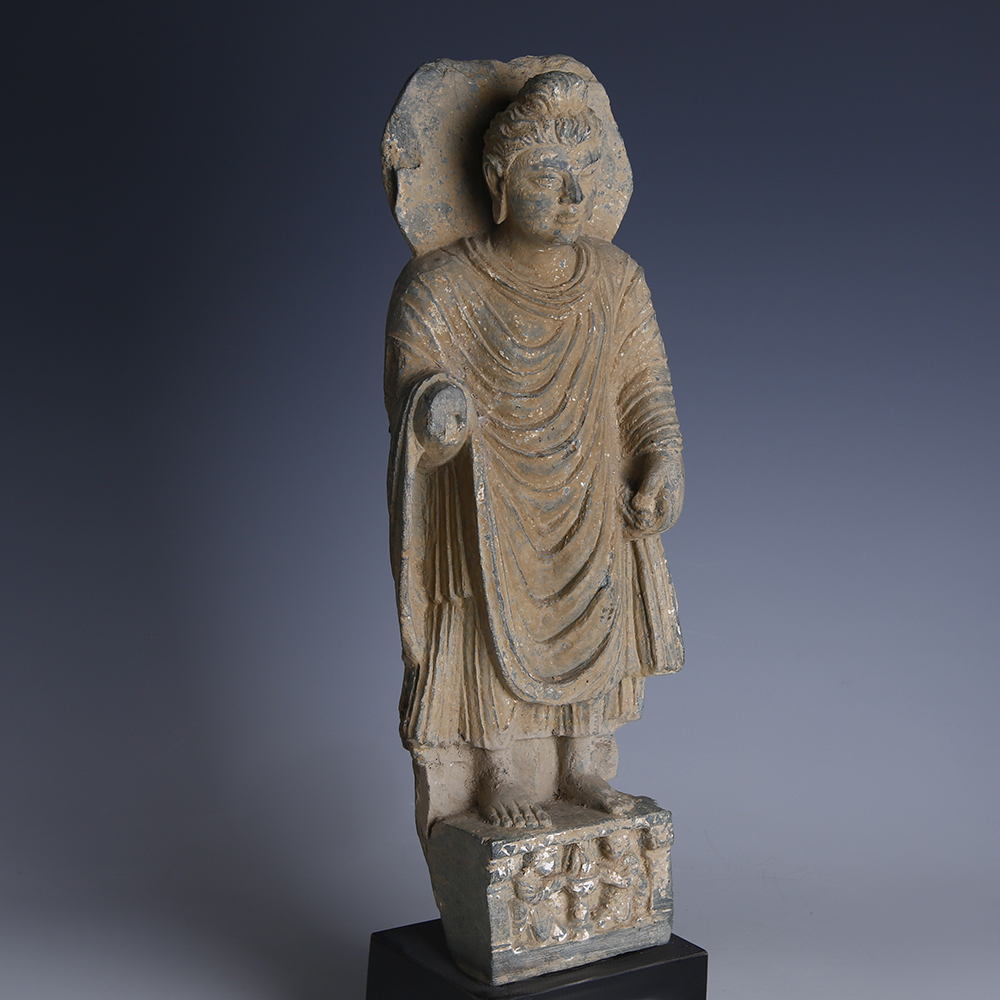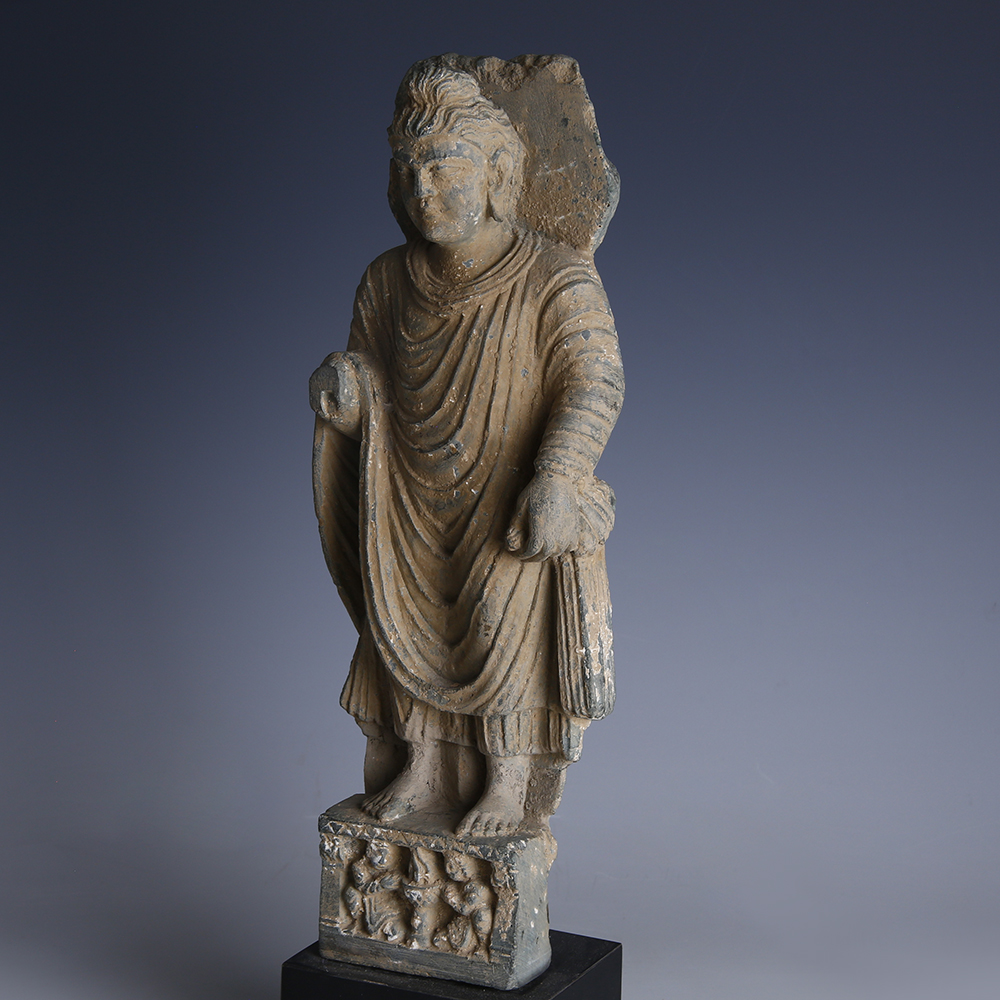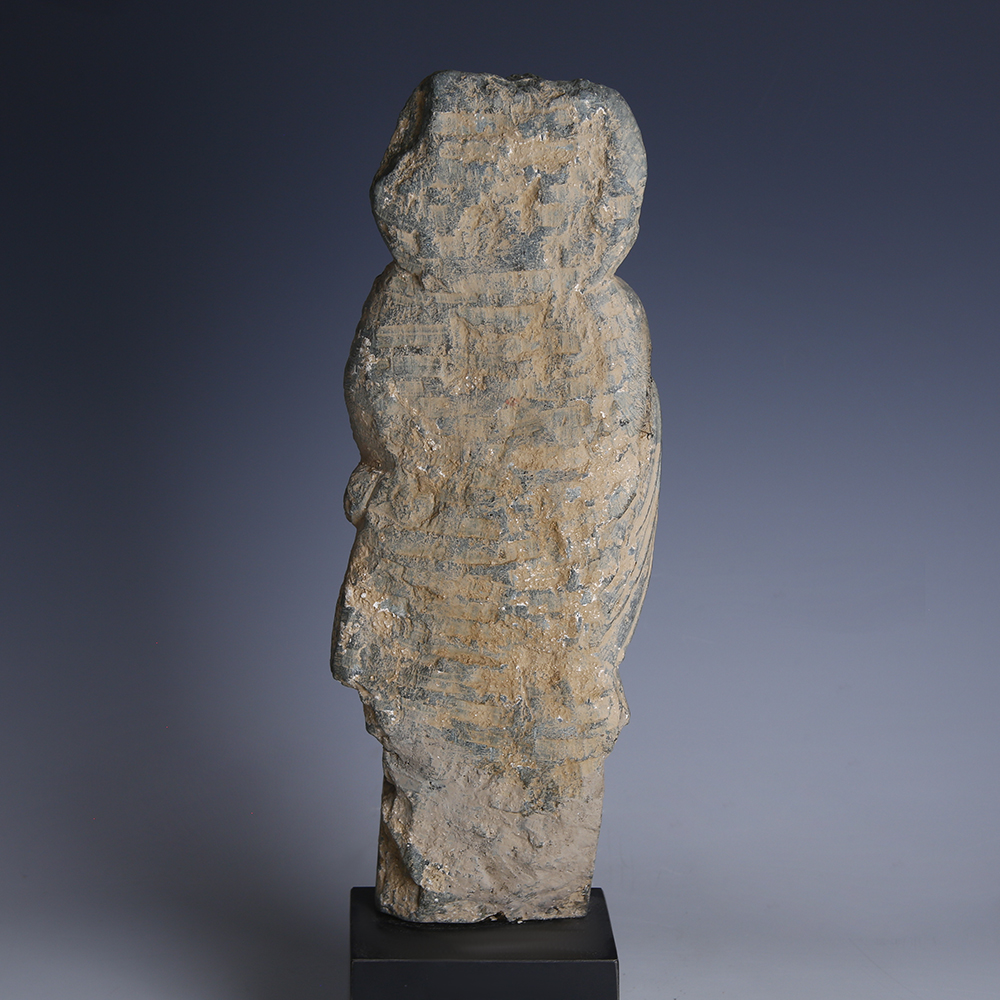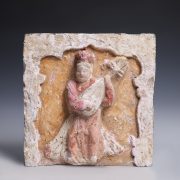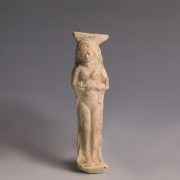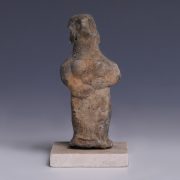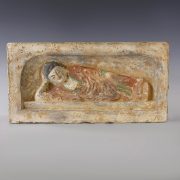Gandharan art refers to the artistic production of a specific geographical area, which can be identified with modern Pakistan and Afghanistan, and is usually dated between the 2nd century AD and the 4th century AD. In 327 BC Alexander the Great conquered the region of Gandhara. After his death the region came under the control of his generals, becoming part of the Indo-Greek kingdom. The Geek presence in the area allowed the creation of a unique style, also known as Greco-Buddhist style, in which elements from various cultures, including Hellenistic, Indian, Parthian and later Roman, were fused together, in a unique syncretism. The Classical and Hellenistic influence especially contributed to soften the features of the statues and enhance realism in the style. Gandharan artistic production of this period is nearly exclusively related to Buddhism, with particular attention given towards stone carvings. These images would once have been coated with a fine stucco plaster and painted, in order to give a more colourful appearance. Stucco itself, skilfully modelled around a mud core, was also used as an alternative to stone.
To discover more about Gandharan Buddahs, please visit our relevant blog post: The Influence of Greek Art on Gandharan Statues.
